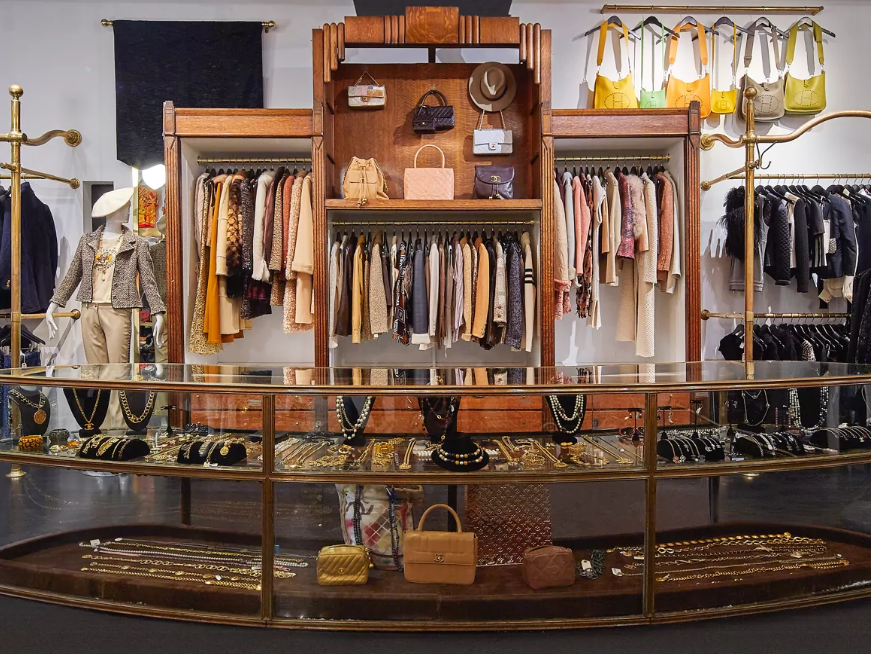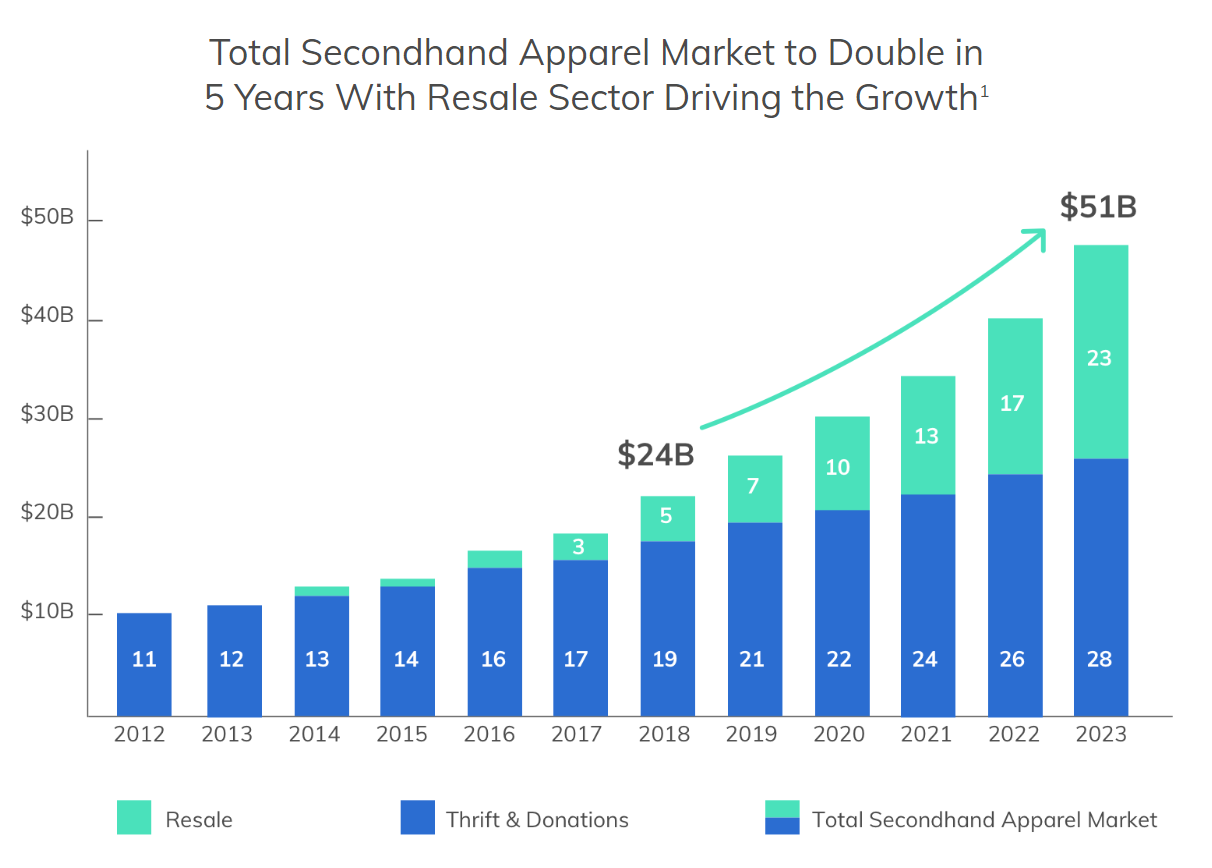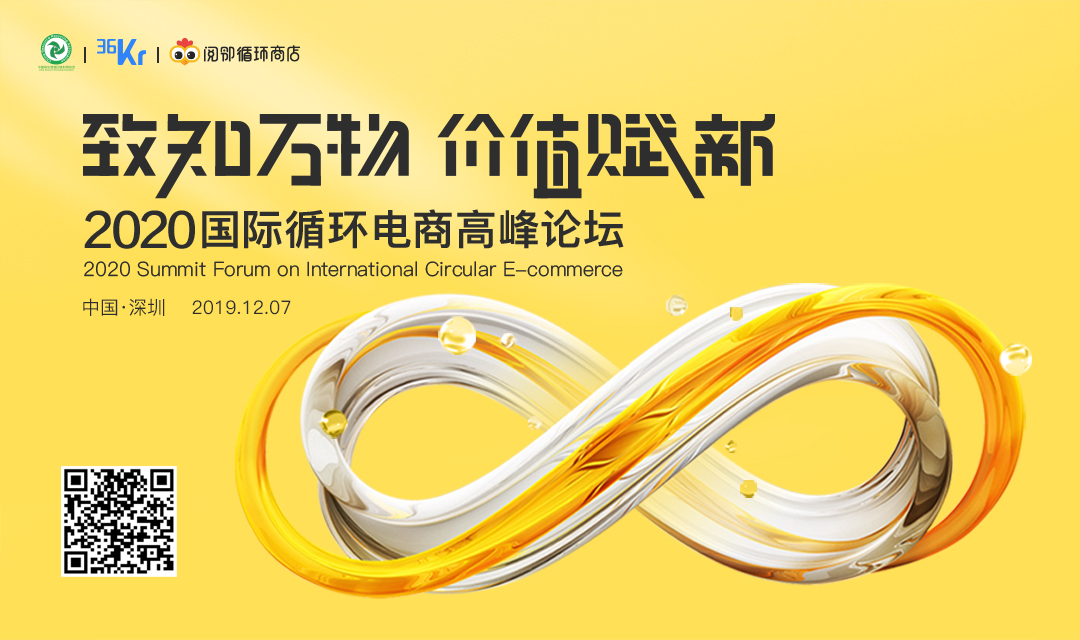Neither upgrade nor downgrade, the ultimate meaning of consumption is to make people more fulfilled.
In 1993, What Goes Around Comes Around (WGACA), a boutique boutique, opened its doors in SoHo, the most prosperous area in New York. It only sells top-quality branded clothing.
At the time, there was no appreciation of vintage, and second-hand luxury was not even a particularly reliable business. Surprisingly, WGACA opened for 26 years and opened five new stores. To this day, vintage has evolved into a unique style of self-contained wear, and once-famous rare items are hot in the market.

What Goes Around Comes Around New York SoHo
In many people’s concepts, vintage and second-hand clothing are easy to confuse, and their meanings are slightly different. The ancient word from the Japanese word “ふ る ぎ” refers to old clothes that are no longer produced in the second-hand market. Although it sounds both niche and high-end, in fact, vintage can be sold very expensively, or it can be hugely cheap.
In Japan, vintage shops can be broadly divided into affordable vintage shops, luxury vintage shops and contemporary second-hand shops. The price of cheap clothes in the vintage store is relatively close to the people. An ordinary shirt only costs about one hundred yuan. Judging from the data, the second-hand economy represented by vintages has continued to grow in developed countries for decades.
According to a research report released by ThredUP, the largest consignment resale website in the United States, about 56 million female consumers worldwide purchased second-hand clothing in 2018, and the total second-hand clothing market size reached US $ 24 billion. This number is expected to soar to $ 51 billion by 2023.

TredUP analysis believes that the rapid growth of second-hand clothing is mainly due to the resale of merchandise. Antiques are typical of recycling. Under the new consumption trend, Generation Z born after 1995 has become a core supporter of the second-hand economy. On average, every third post-95 generation is willing to pay real money.
The second-hand goods that are sold and reused are not just clothes. Older books, magazines, used lenses, vinyl records, and second-hand modified cars now have a prosperous circulation market and countless fans.
Leica and Nikon, a century-old store in the imaging industry, helped photographers record valuable images in the war years. In the peaceful era, they have bred countless photography enthusiasts. There are memories in the photographs, as do the fingers turning the aperture ring and pressing the shutter button halfway …

From the perspective of the industry chain, a complete set of labor division and cooperation mechanisms are required behind the recycling, repair, and circulation of used goods, and different categories of used goods must be disposed of separately. For example, second-hand booksellers need to be responsible for the quality inspection, warehousing, pricing, logistics, and other aspects of the book. If the quality does not meet the requirements for resale, they must be harmlessly treated. For another example, used lenses need to be tested and repaired before they can be recirculated. This is a process of converting non-standard items into standard products. By increasing the utilization rate of idle items, the ideal state of “less production, reuse, and recycling” is finally achieved.

The larger-scale circular economy cannot become a reality in the short term because the infrastructure in the industry chain is not yet complete, multi-party collaboration has obstacles and is costly. There are already many start-up companies working in this direction in China.
Starting with the second-hand books with the lowest threshold, Neighbor Recycling first collects the books from the users, and the unqualified books are sent to the local processing plant, and the valid books are packaged and sold to the B-side partners. At present, the category covered by Neighbourhood has expanded from books to 3C digital and daily necessities. It is trying to improve the utilization rate of “used objects” and meet the needs of consumers by providing partners with a mature and easy-to-use second-hand product management and distribution solution. .
If the infrastructure of the circular economy can be further improved, and the data related to supply and demand can be flowed more legally and in accordance with regulations, it will theoretically help prevent social consumer goods companies from overproduction and reduce waste, thereby reducing economic growth and the environment. Impact.
From the perspective of consumers, the environmentalist movement that has emerged in recent years reflects a deep appeal: more and more consumers want to enjoy unique value within an acceptable price range, but on the other hand they are unwilling Seeing unnecessary production waste and garbage into mountains due to overproduction.
Practical, fashion and other value orientations that consumerism has promoted in the past century are being deeply influenced by the concept of environmental friendliness. Deteriorating the old and establishing a new one, the development of a circular economy is just in time.
However, the strength of a company in the vast circular economy industry chain is small. The need for circular economy can only be achieved through extensive cooperation. If you are interested in the trend of circular economy, or practitioners in this field, then:
“2020 International Recycling E-Commerce Summit Forum” held at the Ritz-Carlton, Shenzhen Galaxy on December 7, you must not miss it!
From circular e-commerce to circular society, from environmental protection and public welfare to commercial sustainability, let us start an in-depth discussion on the new era of consumption in Pengcheng!
Entry entry: Please click here
The QR code for registration is as follows:
